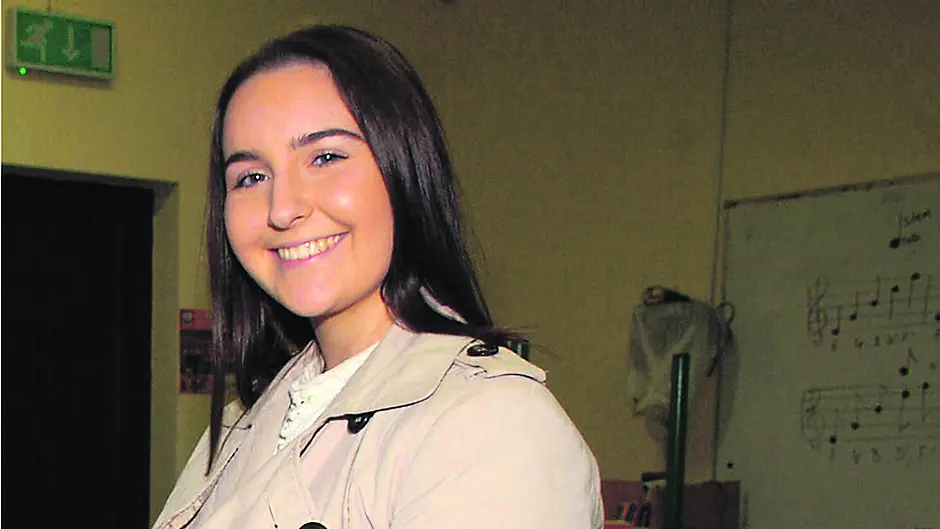THE sea level around our coasts is rising by 2-3mm a year, according to new data collected at various Irish coastal locations, including at Castletownbere.
This is just one of the grim findings of a report by the Environmental Protection Agency (EPA), Met Éireann (MÉ) and the Marine Institute (MI) on Ireland’s climate.
This is the second comprehensive analysis of ‘essential’ climate data collected in Ireland.
It confirms and updates findings from the 2012 report and details how global changes are being reflected in our atmosphere, oceans and our landscape.
Rising sea levels were determined from data collected every 15 minutes at three locations including Castletownbere port, Malin Head and Ballyglass in Co Mayo, since the mid-2000s.
The report also found that the average ocean temperature was 0.47ºC higher over the last 10 years.
The annual average surface air temperature in Ireland has increased by over 0.9 degrees Celsius over the last 120 years, with a rise in temperature being observed in all seasons.
The concentration of the main climate drivers – carbon dioxide, methane and nitrous oxide – has continued to increase since 2012, with long term implications.
Skibbereen’s Alicia O’Sullivan, UCC students’ union environmental and sustainability officer, said the report was ‘nothing new’.
‘But it is important for us to have the most up-to-date science and to be reminded of how urgent a crisis this is. The increased emissions and what they are doing to our environment is already affecting people’s lives and livelihoods and, as we’ve seen recently across the globe, it is already destroying them.
‘We need to move in a new direction with how we view and act on climate change, and the only way forward is together, inclusive of everyone.’
Going forward there are plans to improve coast-based ocean observational systems to monitor further changes.
This includes improving the standards of a Marine Institute-operated tide gauge at Union Hall, and another at Howth in Dublin.
Eoin Moran, director, Met Éireann said: ‘This long-term climate monitoring allows us to best compare changes occurring in Ireland’s climate to those across Europe and the rest of the world and to tailor our national response into the future.’
Mick Gillooly of the Marine Institute added: ‘It is through sustainable long term monitoring networks that we can measure the current state of our climate, and how much it has changed by, which in turn gives us an indication of how much more it is likely to change by into the future.’








